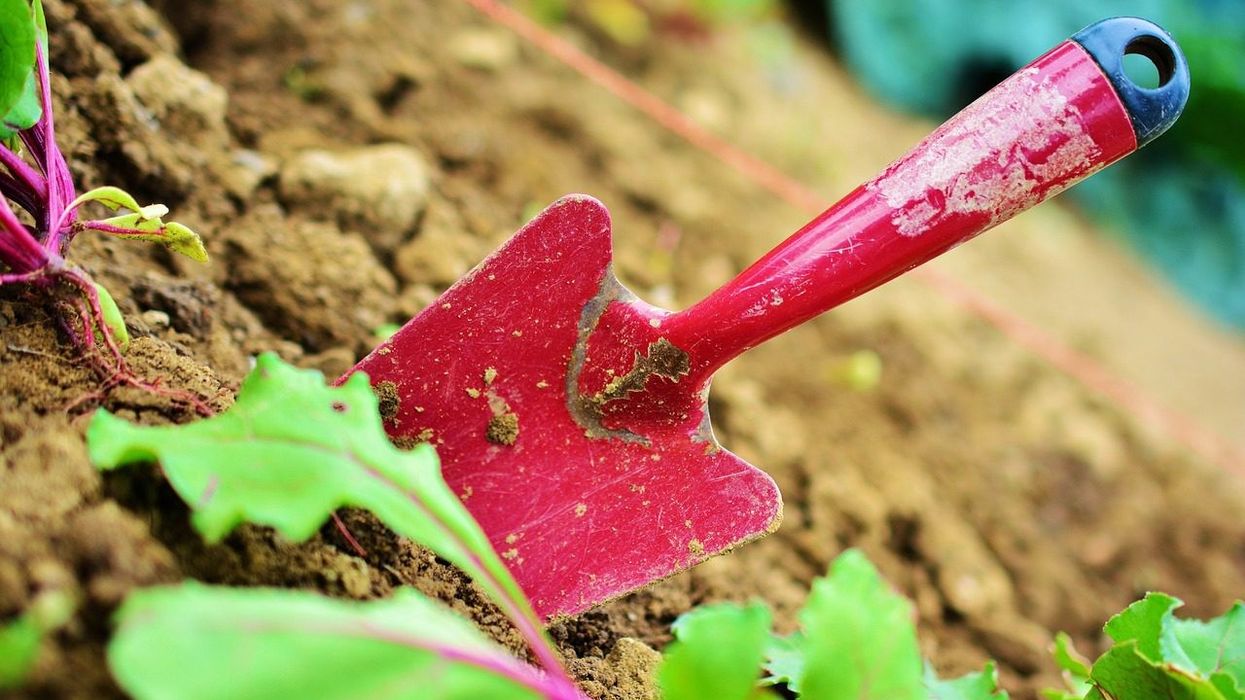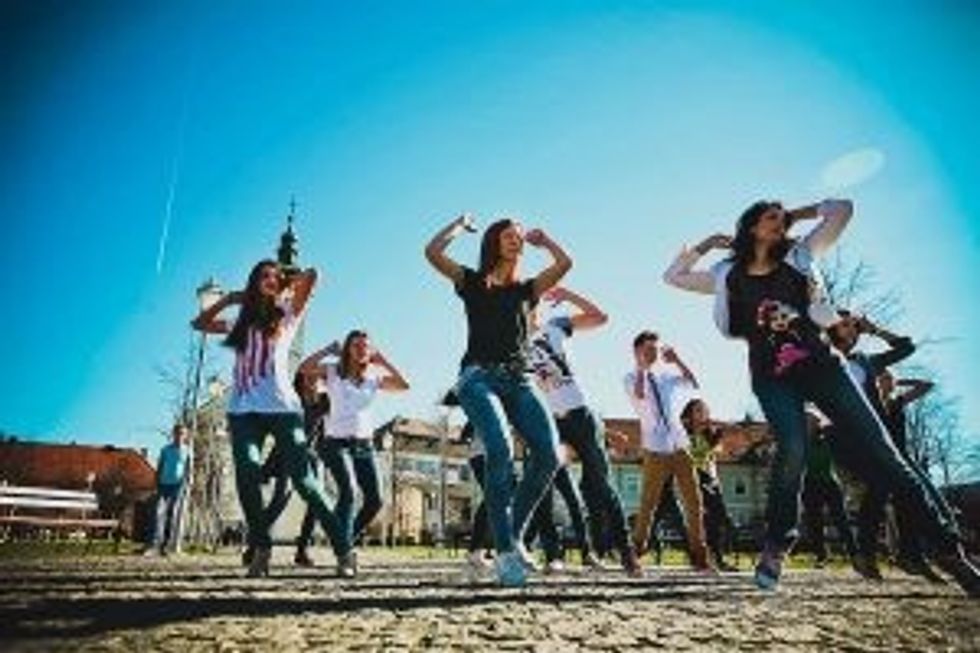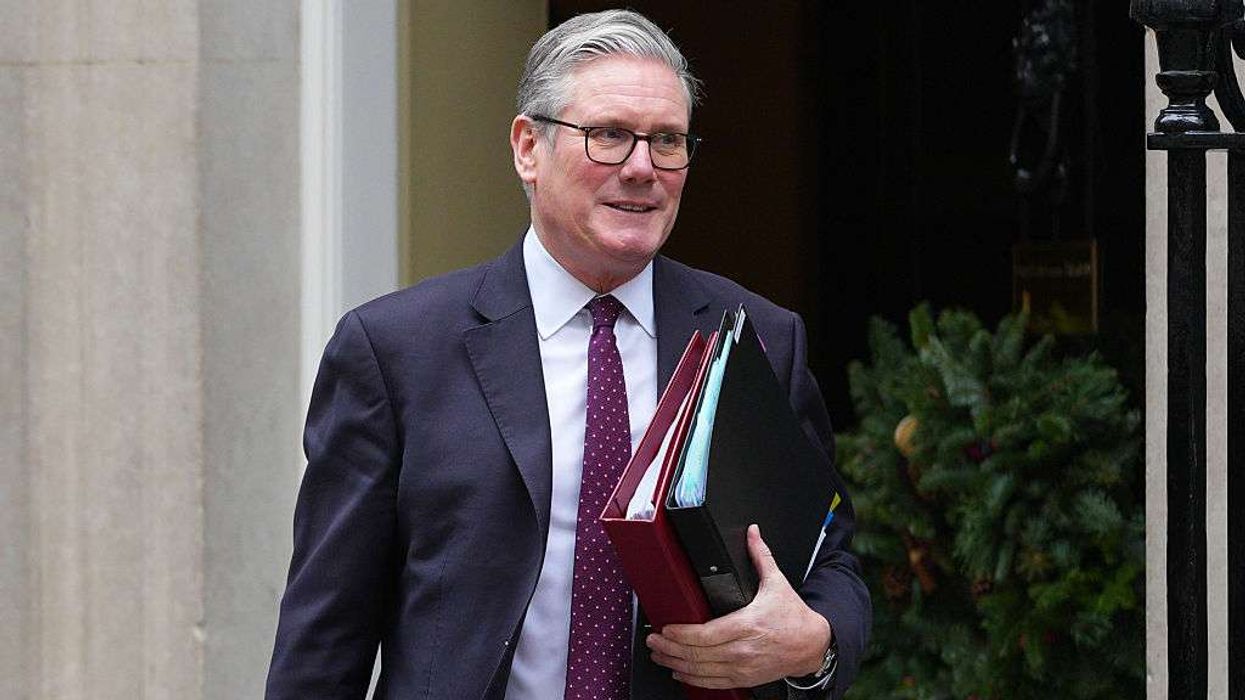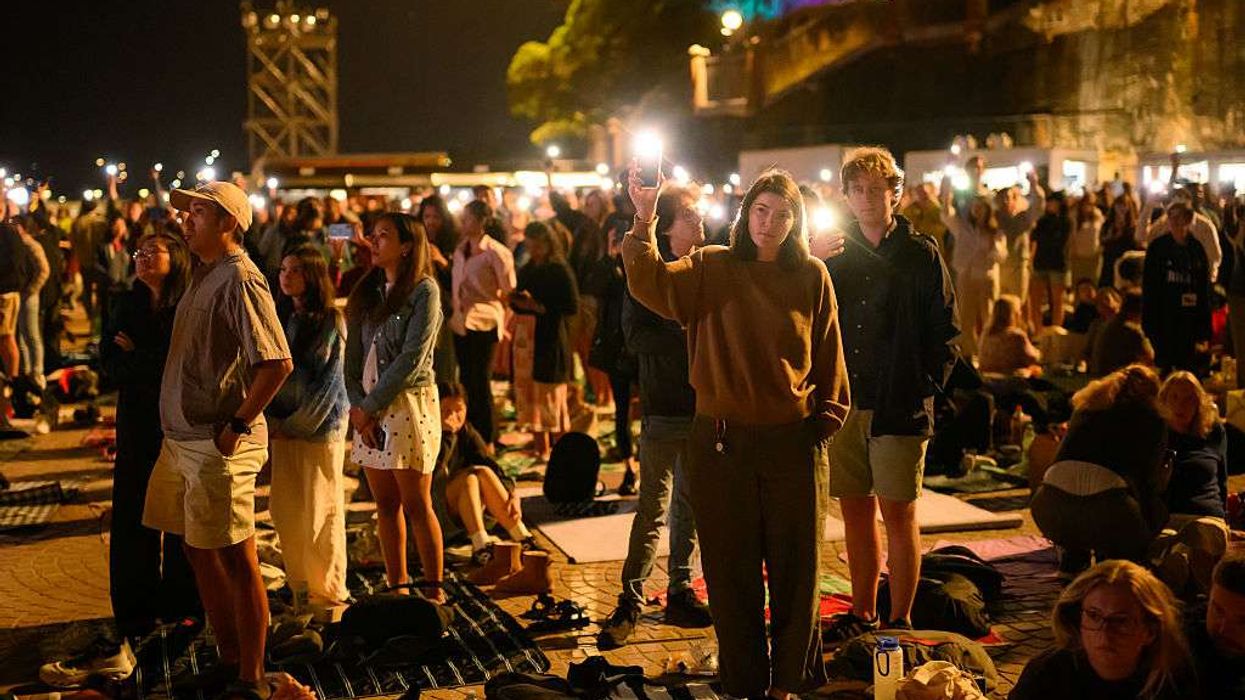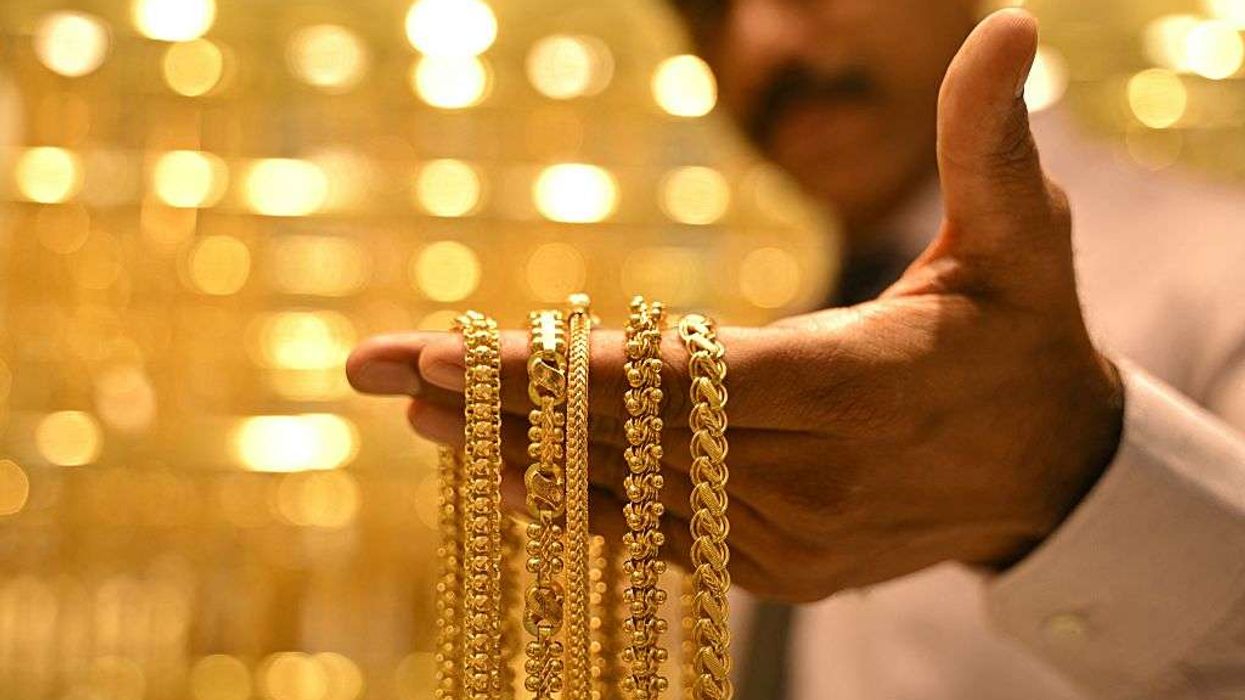Hobbies are like beautiful portals that unveil our true passions and interests. From childhood to adulthood, these delightful pursuits not only bring us joy but also serve as a respite from life's busy chaos. Although having a routine is good to keep your day organized, incorporating a hobby in your routine can add excitement to your life.
Hobbies bring happiness and satisfaction as you spare some time and space only for yourself. In this post, we will explore the world's most popular hobbies.
Whether you're seeking inspiration for a new pastime or simply curious about what captivates hearts worldwide, join us as we delve into the diverse and magical realm of hobbies.
1. Gardening
Gardening, an ageless pursuit, transcends cultural boundaries and takes us on a journey of serenity. Caring for plants, watching them bloom into vibrant blossoms, and creating green havens fills us with profound satisfaction.
Urban gardens or vast landscapes, the magic of gardening connects us to nature, bringing tranquility to our lives. Even if you have a small space, you can create a garden using planters, growing and watching your favorite flowers bloom in nature.
2. Photography
Photography, an art that's now within reach thanks to digital technology, has gained admirers across the globe. Through the lens, enthusiasts embark on a visual adventure, capturing moments, landscapes, and emotions..
Photography ignites our creativity, offering a unique perspective on the world that surrounds us. Even people who don't have expensive DSLRs can do it with a smartphone camera. Today’s smartphones are equipped with high resolution cameras and sensors to take high definition pictures and record HD videos.
3. Cooking and Baking
Cooking and baking, more than mere tasks, are expressive forms of culinary art. Preparing delectable dishes and experimenting with flavors is a delightful creative process that transcends cultures.
The kitchen becomes a haven where the universal language of food brings people together, celebrating love and connections. Preparing delicious dishes allows you to enjoy your favorite foods and spend quality time with your family.
4. Reading
In a digital age, reading remains a cherished hobby that takes us away from the stress of daily life. Books and stories, whether fiction, non-fiction, or poetry, transport us to unknown territories, stirring our imaginations and broadening our horizons.
5. Painting and Drawing
Art holds no bounds, and painting and drawing let us unleash our ideas on canvas and paper. Regardless of skill, art offers a meditative state where creativity flows limitlessly. It's a means of expressing our inner selves, forging connections with our emotions.
Painting also reactivates our creative mind that helps us work better in other areas as well that require creativity.
6. Traveling
Traveling isn't just a hobby; it's a passion that calls to our souls. Exploring cultures, meeting people, and witnessing breathtaking landscapes open our hearts and minds. Traveling allows you to explore new locations, tourist destinations and beautiful spots in any country.
The allure lies in the unknown, creating indelible memories that stay with us forever. You capture the memories in your mind as well as the camera. There is no limit to beautiful locations and destinations to explore around the world.
7. Acting
Acting as a hobby offers an incredible outlet for creativity and self-expression. Embracing diverse roles allows you to step into different worlds, unveiling facets of yourself you never knew existed.
Being a professional actor needs dedication, commitment, hardwood and training. You can check online acting courses to learn acting and polish your skills to express yourself. Doing so helps you get a role while applying for screentest.
The thrill of performing before an audience can be exhilarating, building confidence and empathy. With each character you embody, you uncover a new layer of your own humanity, making acting an enriching and fulfilling pursuit.
8. Dancing
Dance, a universal language, transcends borders, and speaks to our souls. Folk dances to modern genres, dancing allows us to express our emotions, celebrate life, and lose ourselves in the joy of movement.
9. Fishing
Fishing offers solace in nature's embrace, providing serene moments by the water. Catching a fish or simply basking in the tranquil surroundings, fishing offers a meditative escape from life's daily hustle.
10. Gaming
Technology has made gaming a global phenomenon, captivating enthusiasts of all ages. Console gaming, PC gaming, or mobile gaming, it immerses us in fantastical worlds and challenges our skills in captivating ways.
Conclusion
Hobbies enrich our lives in ways we might not even realize. They offer an escape, ignite creativity, and foster connections with like-minded individuals.
From the tranquility of gardening to the adventure of travel and the immersive joy of gaming, the world's most beloved hobbies are diverse avenues for personal growth and fulfillment.
So, whether you're starting a new hobby or exploring fresh avenues, embrace your passions, and open yourself to a world of enchantment and discovery. Happy hobbying!
